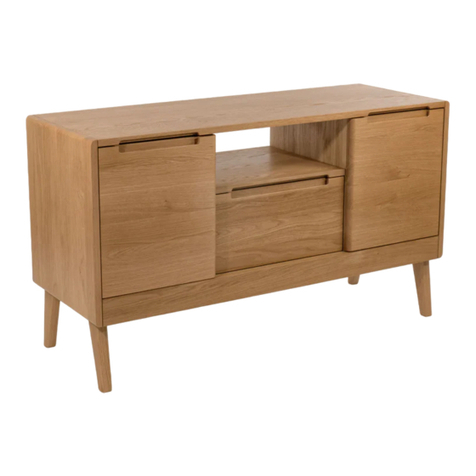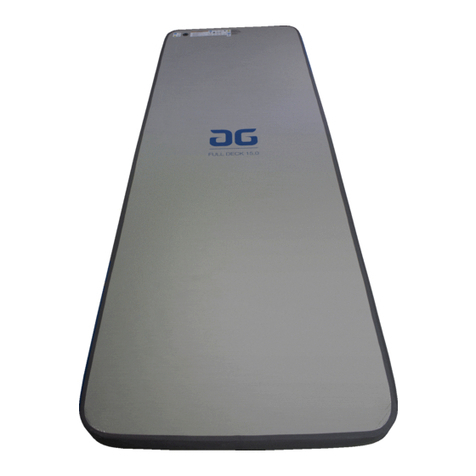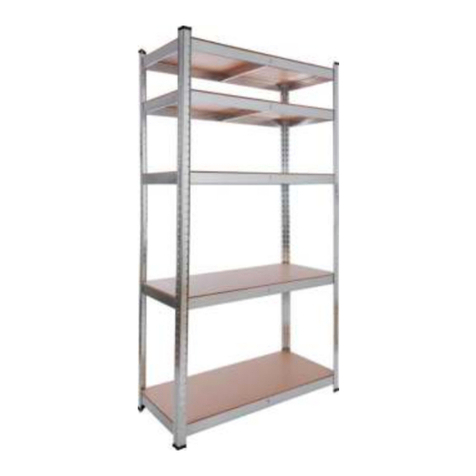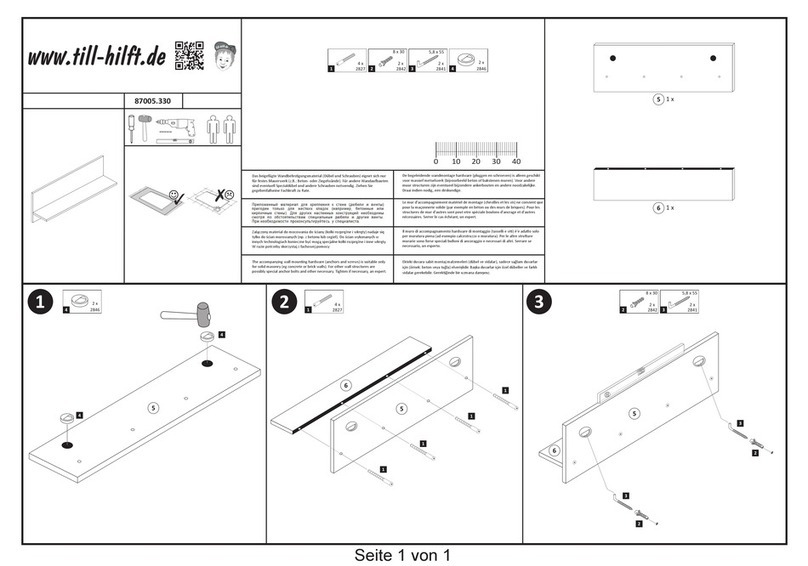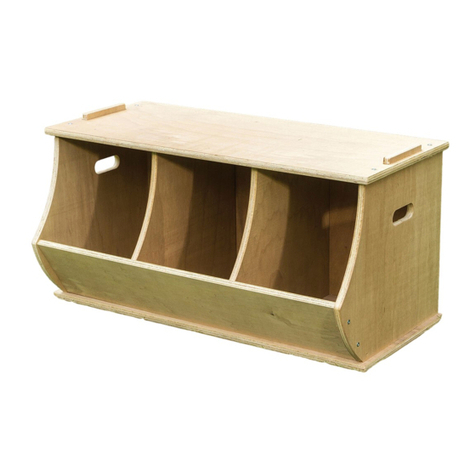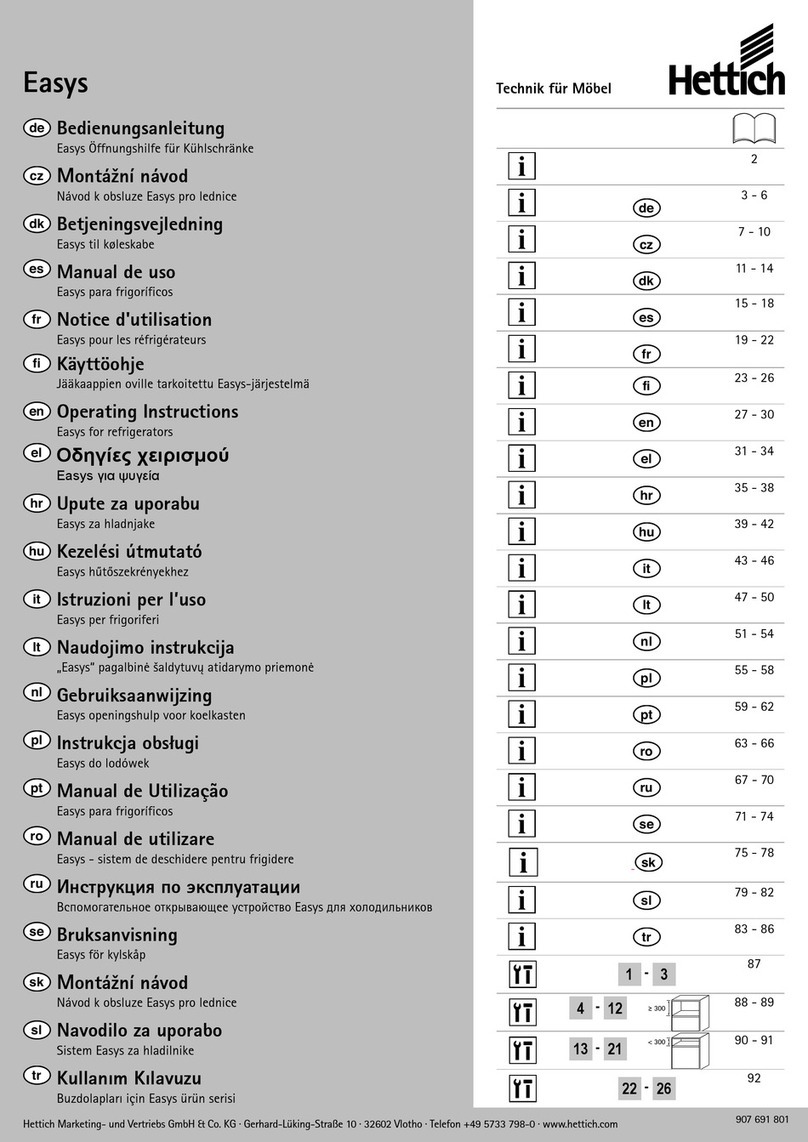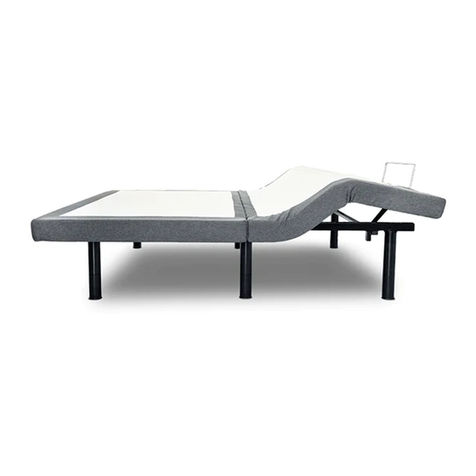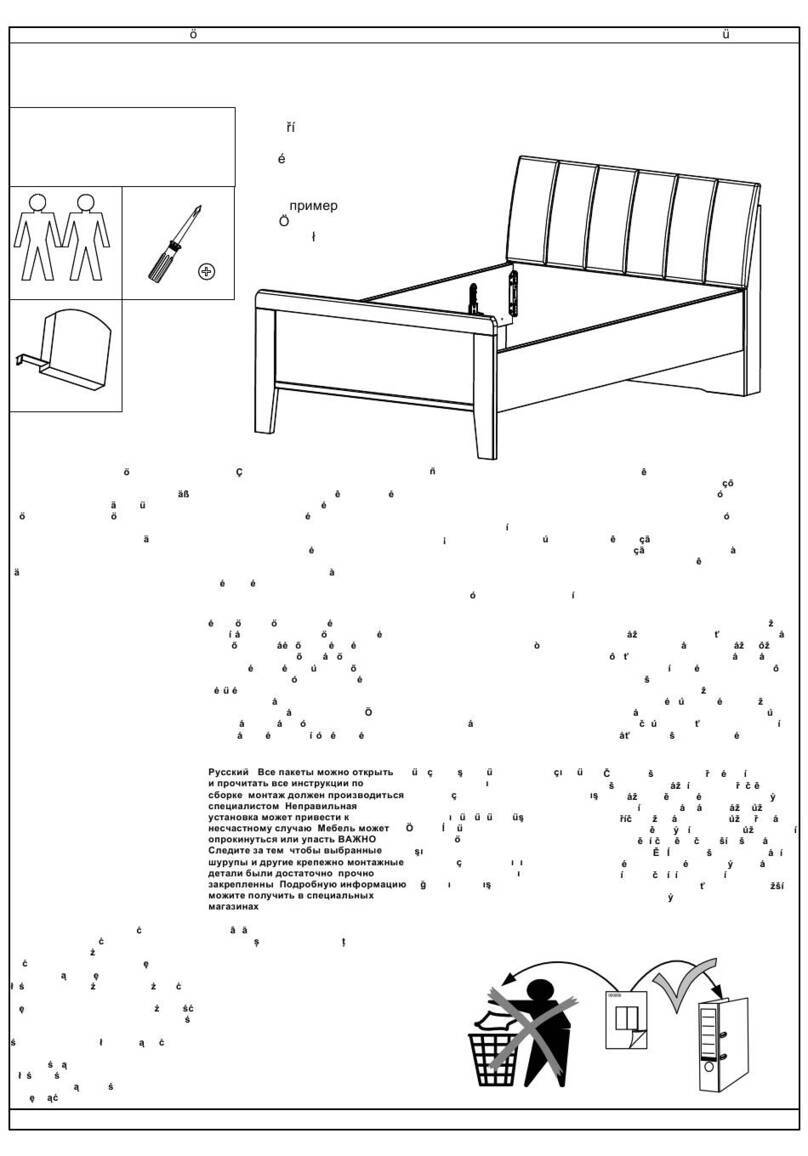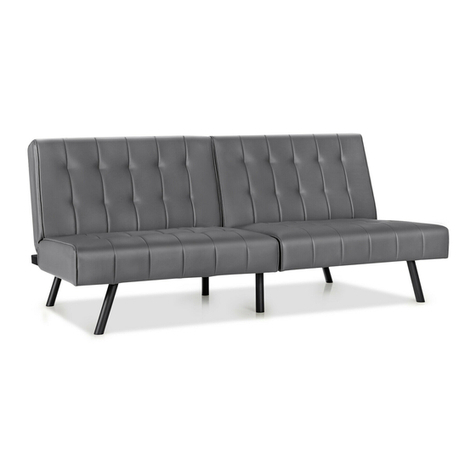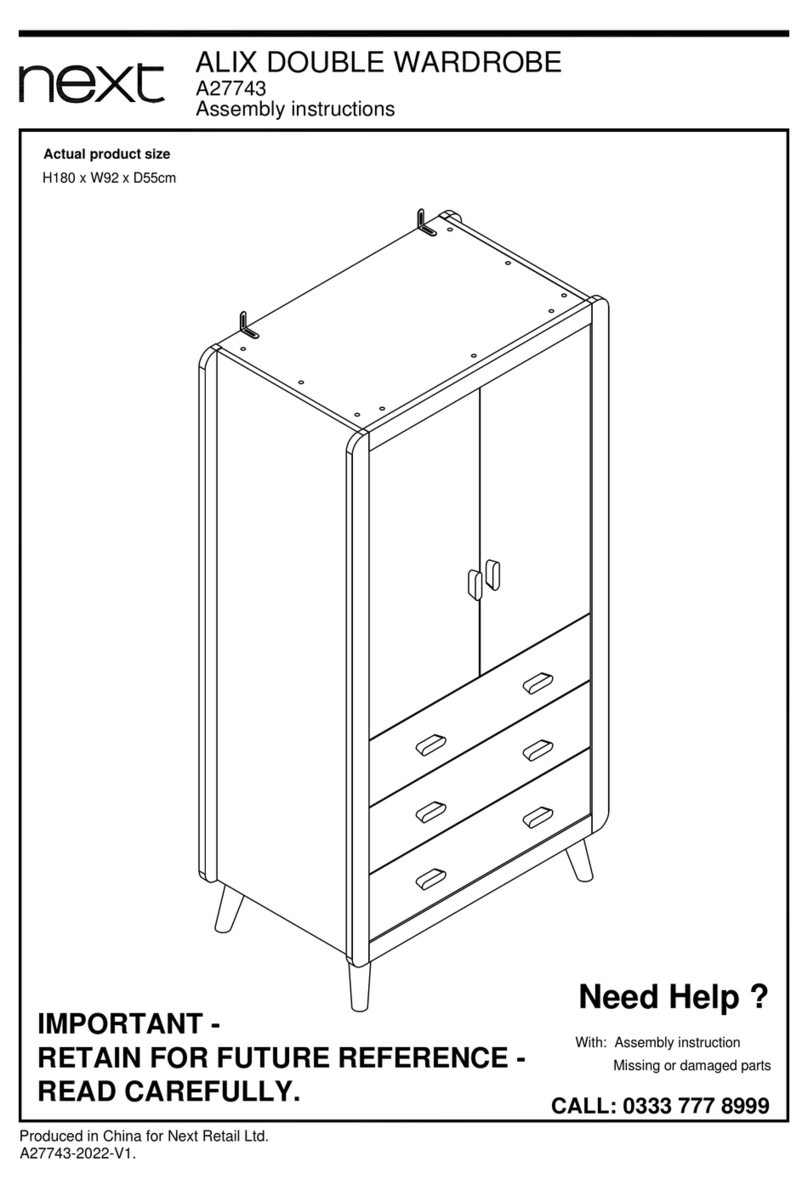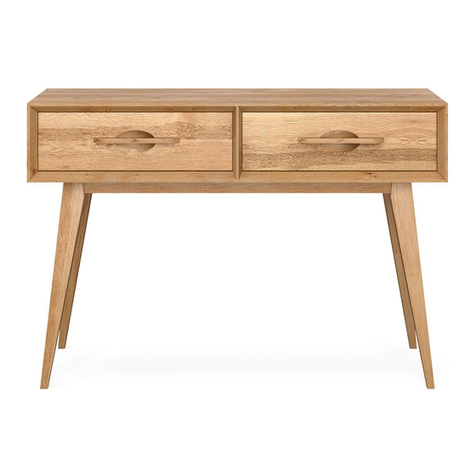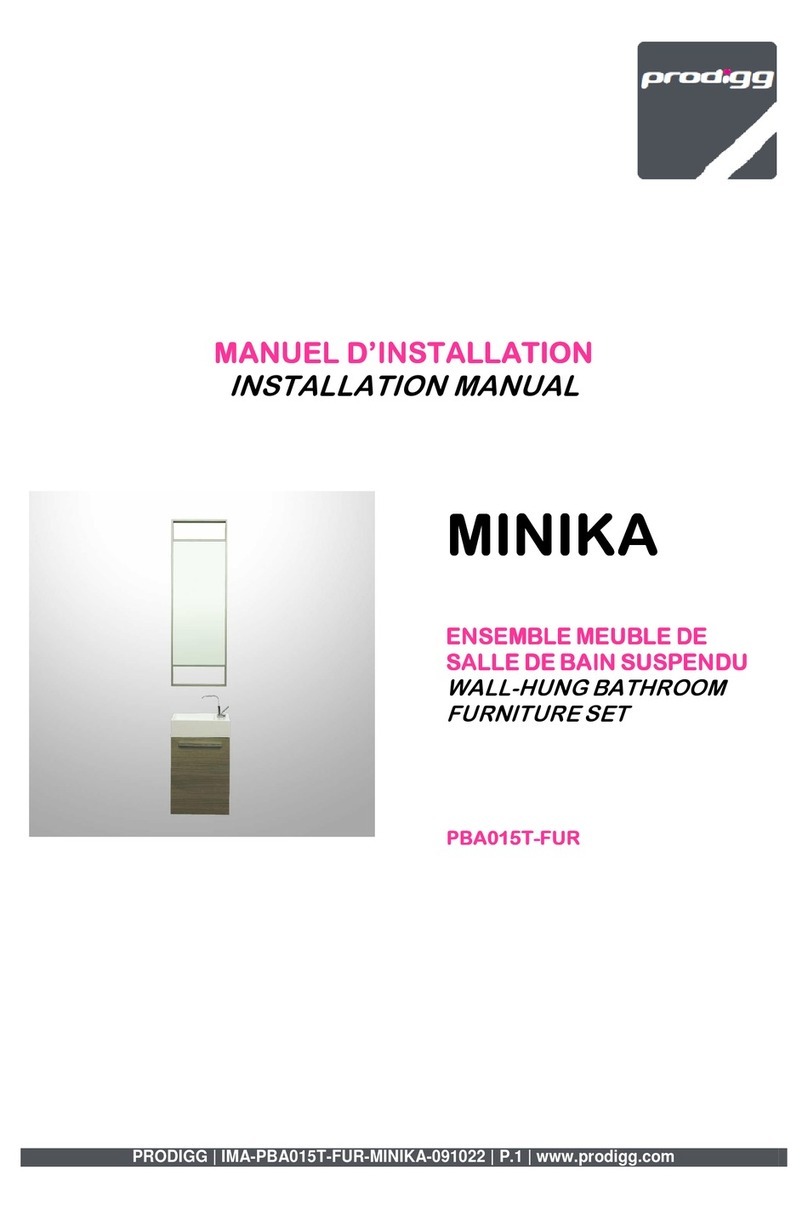Harvey Gallery Galactic Red Art Fountain User manual

Galaxy Fountains
Congratulations on your new Galaxy Fountain!
Each one is made entirely by hand, and is a unique
work of art. There will be variations in each one
of them. That is part of their charm. With a
minimum of care, it should provide you with years
and years of enjoyment. Please read this packet
before you install the piece.
Tools you Will Need:
Pencil, Level, Screwdriver, Hammer, Pliers
Mounting Hardware:
D-Ring Hangers + Anchors and screws
Hanging the reservoir (copper
basin)
Smaller fountains hang from a total of four
anchored screws, (two in the reservoir, two at the
top of the artwork). When you install them, hold
the basin in the approximate position where you
will want the basin to hang, and mark where the
holes will be drilled. Use a level to make sure that
the basin is hanging straight. If you have a larger
basin, additional instructions will come after this
section.
Next, make a small hole in the drywall at each
spot that you marked with the drill or a
screwdriver. The hole should be just small enough
that the blue plastic anchors fit tightly. If you have
to tap them in a little, you are doing it just right.
Next line up the basin with the holes and tighten
the screws.
For larger basins, we include 6” by 6” brackets to
give additional strength to the piece. These will
screw in behind the basin, so that the bottom of
the basin sits on the bracket.
As a rule of thumb, for a 4’ basin, hang each
bracket 12” in from the sides. On a 5 or 6’ basin,
start each bracket 18” in from each side.
Mounting the Artwork
If you examine the back of the fountain (the piece
with the art on it), then you will see either a folded
ridge or a length of wood at the top with a gap
underneath it. This is what the brackets that are
included are going to hang from.
Get a second pair of hands to help you with this
step. Gently lower the artwork in to the basin. The
art work fits an inch or two inside the basin.(This
allows a range of between 47”and 49” for the
total height of the fountain. Do not rest or hang
the artwork so that it touches the bottom of the
basin. With one person stabilizing the piece, have
the other person make a light pencil mark at the
top of the fountain to determine where the hooks
will hang.
With the line marked, set the fountain aside for the
moment. Again, taking a level, make sure that the
line is level. Then mark a spot 1 inch lower than
the top line. Depending on the size of the fountain,
we will send you a different number of brackets.
For a standard fountain, two brackets is standard.
As you did with the basin, make a small hole in
the wall, and tap in the plastic anchor. With a
standard basin, each hook should be placed
roughly 3 to 4” in from each side. On larger
fountains, you want to make sure that the hooks
are spaced out equally across the surface.
Now line up the brackets with each hole, and
screw in the brackets to the wall.
Once you are sure that the brackets are secure,
grab that second pair of hands and together lift the
artwork up against the wall and gently slide it
down until it rests on the brackets. At this point,
double check that both the art work and the basin
are hanging securely.

Plumbing and Electrics
The hard part is done now. You will see a tube
hanging down from the art work with a black
elbow attached to it. This screws onto the pump.
Note: Larger fountains, those five feet in height
or in width, use a different pump that does not
use a black elbow.
Also, if you ordered lights, you will see the cord
hanging down from the artwork as well. The
length of cord on the lights is very short. This is
done by design so that the cord won’t reach the
water.
With the electrics, make sure that they plug in to a
GFI (ground-fault interrupter). You can buy one
of these at any hardware store for around $10.
This is a safety precaution. Many of our clients
even have electricians install recessed outlets
behind the fountain. If you plan on doing this, a
good rule of thumb is to have it at least 18” up
from the bottom of the fountain, and at the center-
point of the artwork. Note that this isn’t
mandatory, but it does hide all of the cords quite
well. It is best if the outlet can be controlled from
a switch somewhere else in the room.
With all of the plugs plugged in, and the outlet off,
get a bucket and slowly fill the basin with water.
Fill the basin enough so that the pump is under
water. It isn’t necessary or desirable to fill it all
the way to the top.
As a side-note, each pump has either a grill or a
tube where the water is pulled in. The grill should
be on the bottom. This has to be under water. If
after a time, you hear a sucking sound from the
pump, that means that the water is evaporating,
and you need to add some more water.
While your fountain is low maintenance, adding
water is something that you will have to do from
time to time.
Turning it On
When you turn on the fountain, the water may not
flow at first. This is not uncommon. You may
have to prime the pump which means that you
have to turn the switch on and off four or five
times in quick succession to blow out any air in
the line.
Adjusting the Flow:
The white feeder tube at the top of the fountain is
where all the “action” takes place. There are a
number of holes from which the water flows, and
this tube is pre-adjusted prior to shipping.
However, it is possible that this tube can become
misaligned during shipping or installation. The
solution is simple: With the fountain installed,
loosen the screws that hold the feeder tube at the
top. Start the fountain and observe which holes
are splashing. Using a pliers, rotate the feeder
tube (usually downwards) until the water stops
splashing. The water should hit the surface at a
slight angle downwards.

Once the water is flowing, inspect it carefully.
Beneath the artwork is a white restrictor clamp on
the vinyl tube. This controls the rate of flow for
the water. In the wide open position, you will get
a fast, loud flow, but the trade off is the possibility
of an occasional splash. Clicked down, you will
get a slower, quieter flow. Most adjustments will
be made with only with this adjustment.
Checking the flow
We pretest each fountain before it leaves our
studio, but occasionally during shipping things can
jostle and need readjustment. If you see dripping
from the top of the fountain, this is quite easily
fixed. Remove the copper visor and you will see a
white tube where the water comes from. If the
water is dribbling over the top of the white tube,
gently grasp the tubing with pliers and twist the
tube downward until the dribbling stops. Once
you have the flow the way you want it, replace the
visor.
Trouble Shooting
Some of you might have hard water. Over time
you might get white deposits on the fountain. Turn
it off and spray CLR on the fountain and gently
wipe off with a soft pre-moistened towel.
Splashing: If your fountain is splashing, you may
have to re-adjust the volume of water with the
white restrictor clamp. Also the amount of water
in the reservoir plays a factor. Less water in the
reservoir gives greater sound…because the water
falls farther before it hits the surface of the water
in the reservoir. If necessary, the holes in the tube
can be cleared with a pipe cleaner.
Maintaining the copper parts: Each of these
fountains is made by hand, not by machine and
each one is meant to have an old world look. We
deliberately buff, distress, and dip each piece in
patina chemicals to give it this charm. The best
thing you can do for the copper is give it an
occasional wipe-down with Pledge or some
furniture polish. Do not get the polish on the
artwork however. Oil and water don’t mix well.
If you have any further questions, please email us
talk to us personally, please call us at 215-794-
5578 Mon-Friday 10-5 EST.
This manual suits for next models
21
Popular Indoor Furnishing manuals by other brands
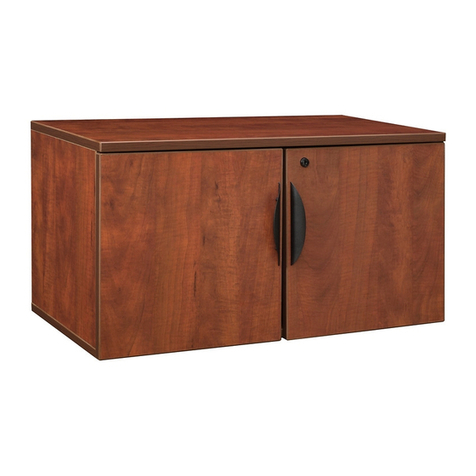
Regency
Regency LWMS3015 Assembly instructions

Furniture of America
Furniture of America CM7751C Assembly instructions

Safavieh Furniture
Safavieh Furniture Estella CNS5731 manual
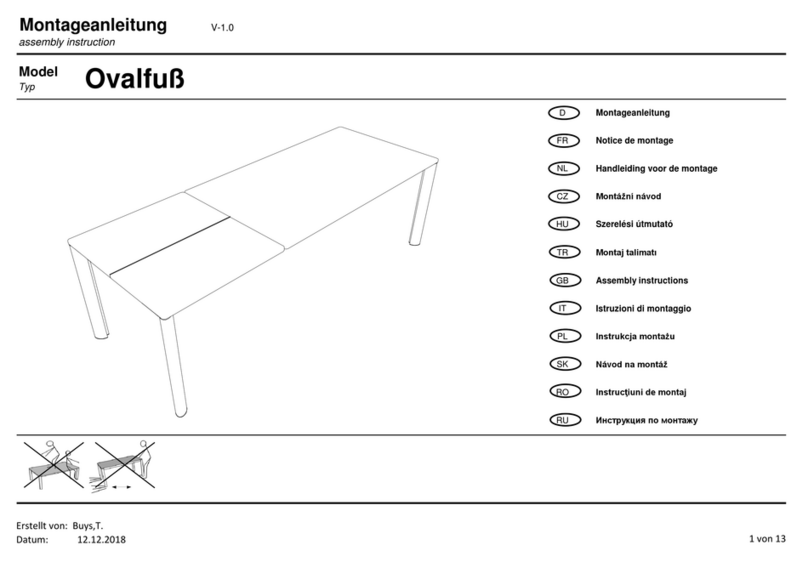
PLACES OF STYLE
PLACES OF STYLE Ovalfuss Assembly instruction
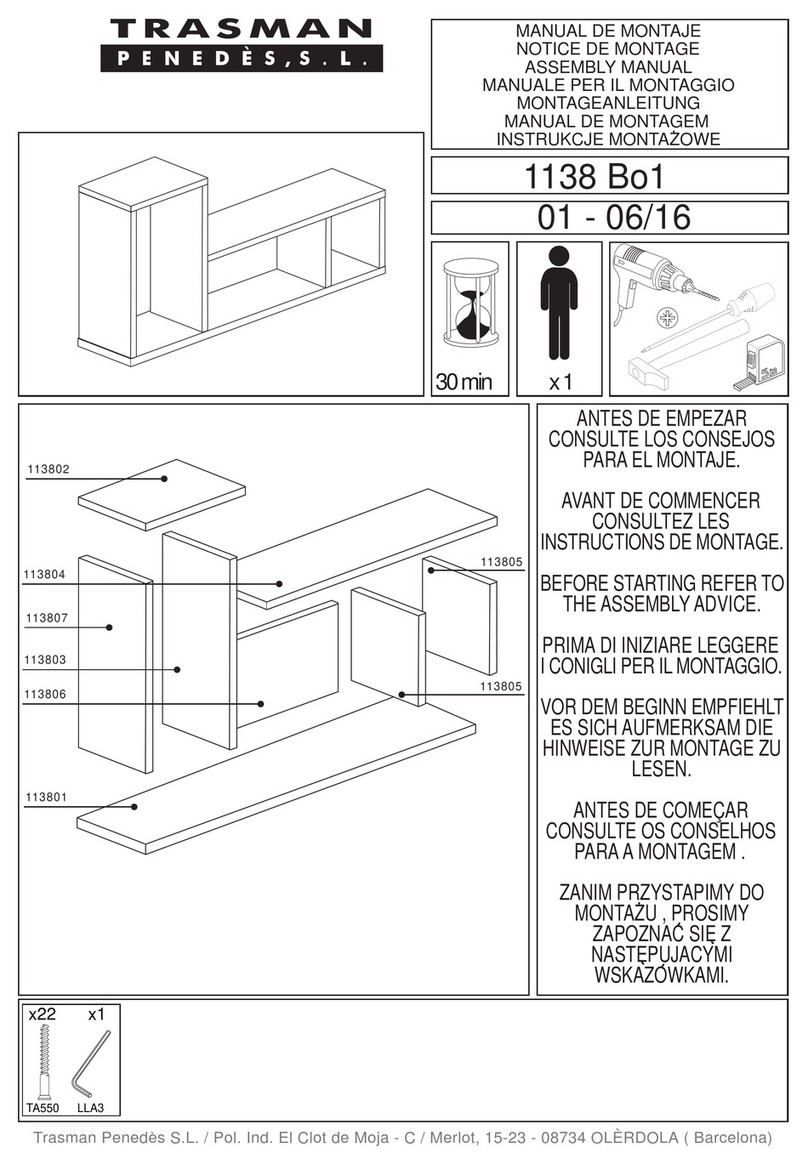
Trasman
Trasman 1138 Bo1 Assembly manual
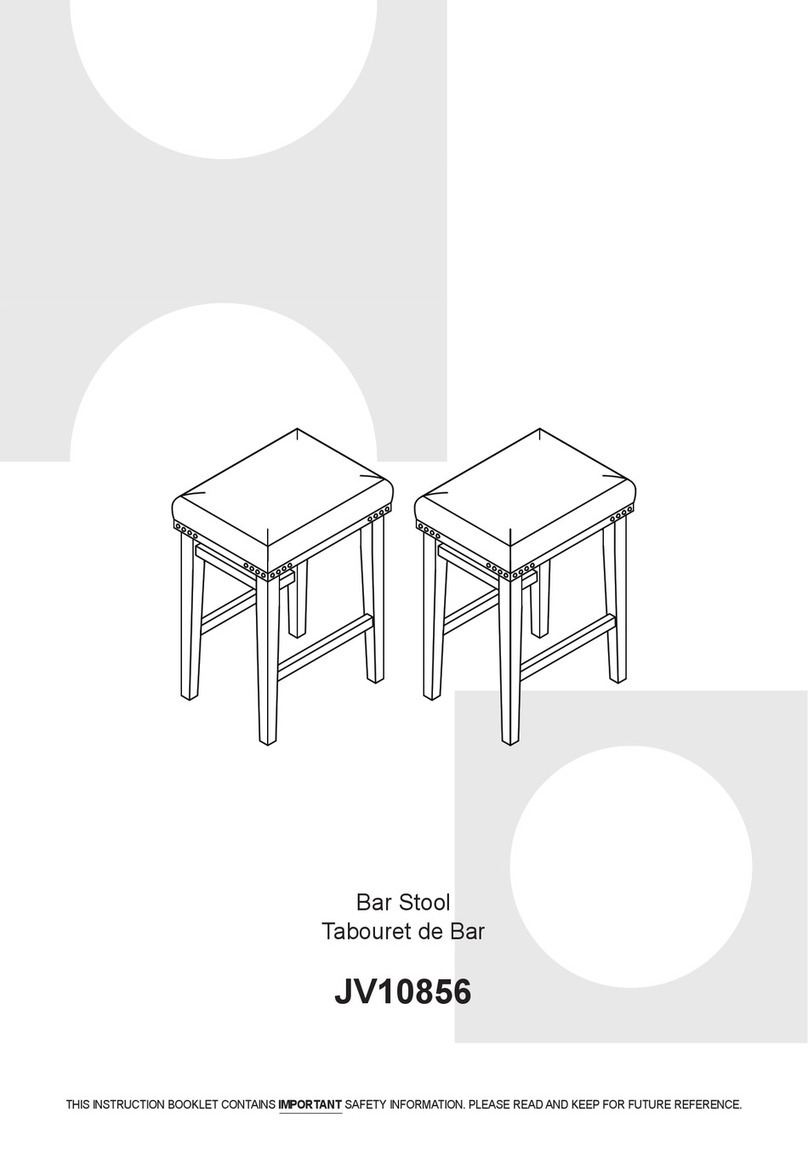
Costway
Costway JV10856 manual
